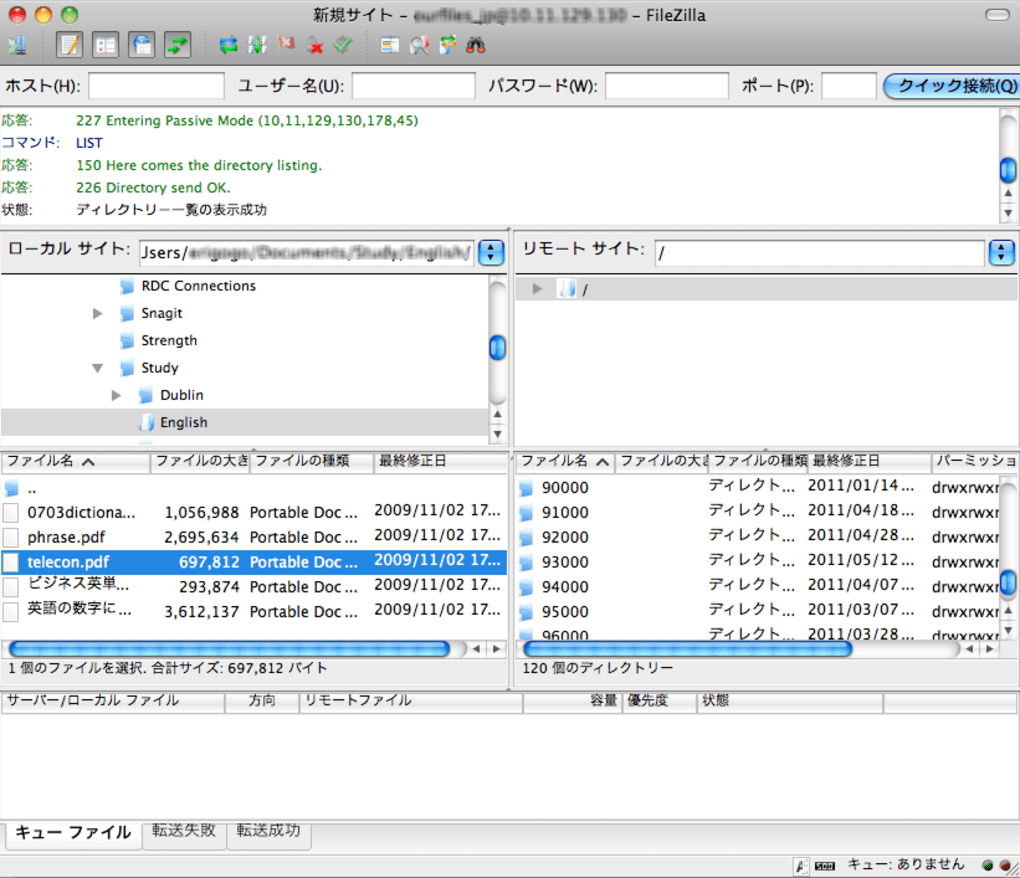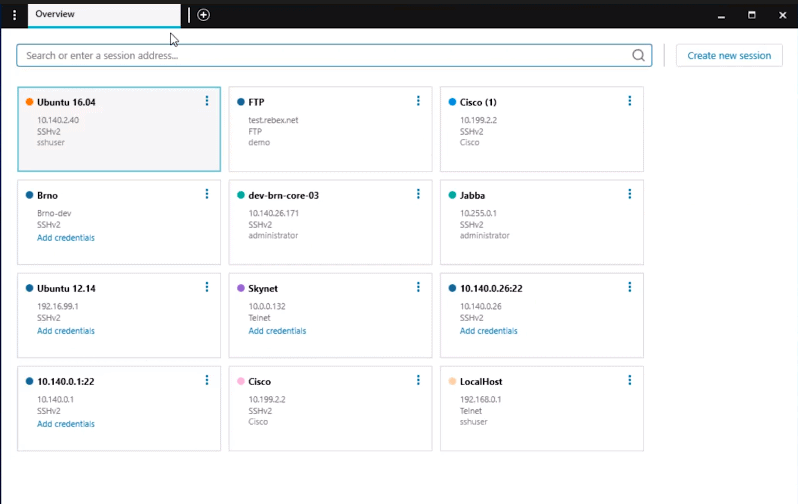


Since serve is not necessarily a DNS name, I specify the Hostname that it should actually connect to (no, not actually mine). When running that, it loads all the properties listed until the next Host line. The Host line specifies the host tag you will use when invoking ssh. The second section is a host-specific configuration. The first three lines are global properties, they affect every SSH connection. Whitespace is purely personal preference, it is not required except to separate Keys from Values. Some example contents from my ssh config file are: ControlMaster autoĬontrolPath ~/.ssh/sockets/master-%r-%h-%p See the manpage, either via man ssh_config on your own machine which will contain the most appropriate version, or you can view it online from OpenBSD's Site. I use this file to control tunnels I always use, the private key needed for the connection, the username (if it differs from my local username), etc. ssh and enter it.Ĭonfig is the file name, it is a plain text file with configuration parameters. If you're in Terminal and in your home directory, you can simply run cd. ~, your home directory, it expands on my system to /Users/jason. This file doesn't exist by default (per the comments on the question), but should be written at ~/.ssh/config. The SSH client allows you to store an amazing amount of properties based on a given hostname, even global defaults, in the "ssh_config" client file. On Linux, OS X, and most other UNIX-y based environments, SSH is generally purely command line, but still amazingly powerful.
Putty equivalent for mac os windows#
PuTTY is a great Windows frontend, not to mention the need for an SSH client in the first place.


 0 kommentar(er)
0 kommentar(er)
